A small collection of our favorite photos from the web.
Accreditation given when possible & known. If you own one of these pictures, please contact us so we may give credit.
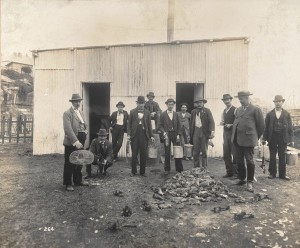
Sydney, Australia, 1900. In this photograph features a group of men are shown standing behind a pile of rats. One of them is holding a cage and many others are holding bucket-like utilities. These rat catchers were supposedly disinfecting Sydney in 1900 of rats to prevent the spread of the bubonic plague in the city. This photograph was taken by Mr. John Degotardi, Jr., photographer from the Department of Public Works. Courtesy rarehistoricalphotos.com
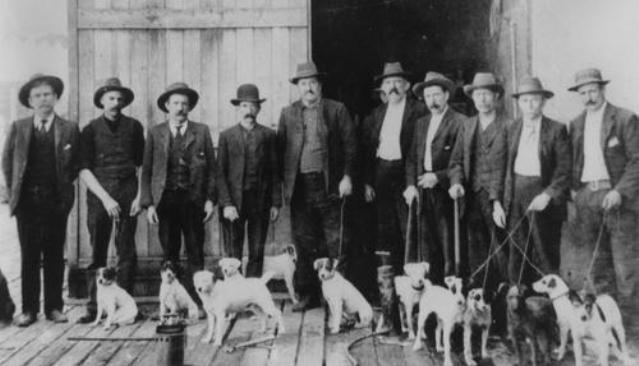
Rat dogs pictured with their handlers, ca. 1905. Whilst Sydney was most affected, the disease also spread to other parts of Australia.
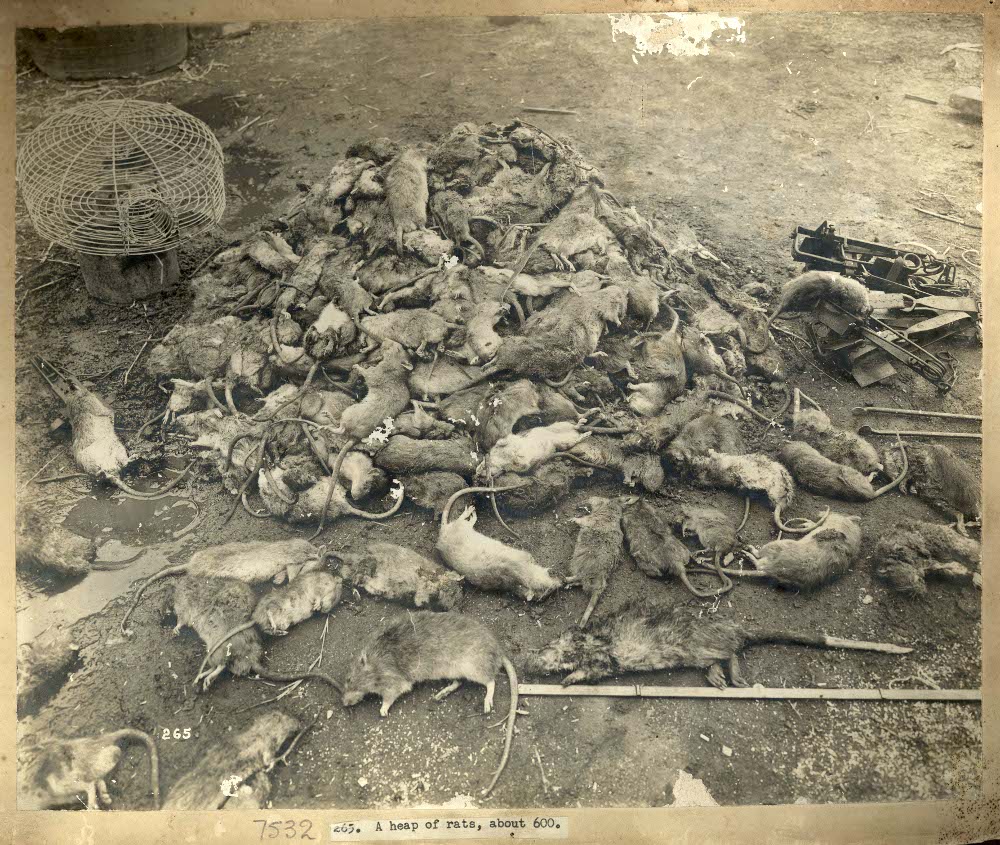
A heap of rats, c. Jul 1900. Sydney, Australia
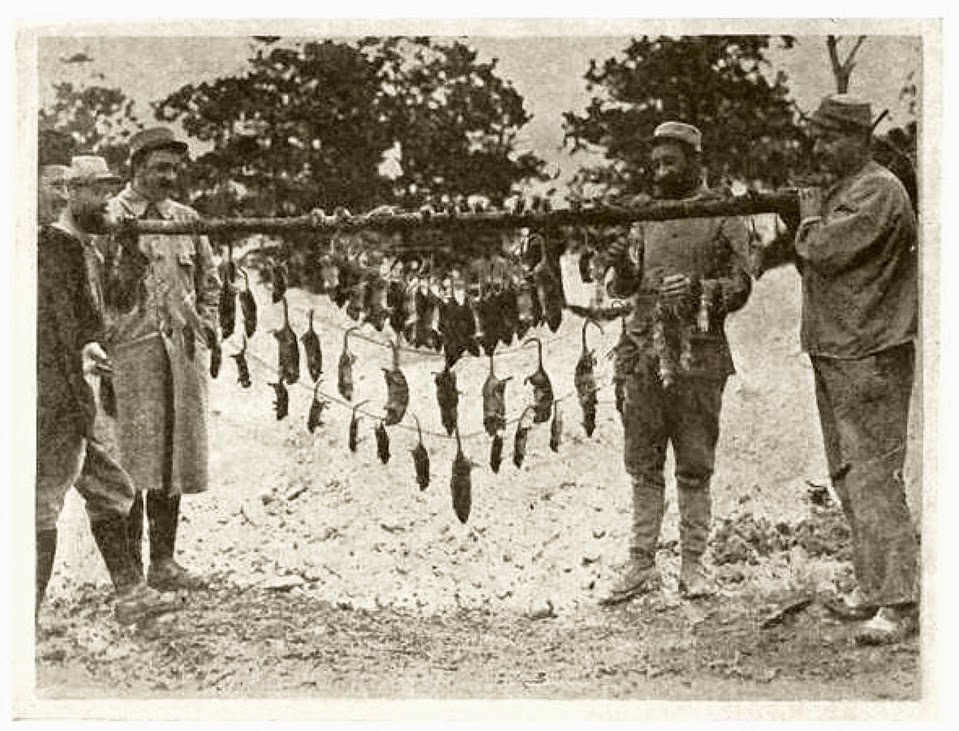
A “bag” of rats from the French trenches. Courtesy of rarehistoricalphotos.com
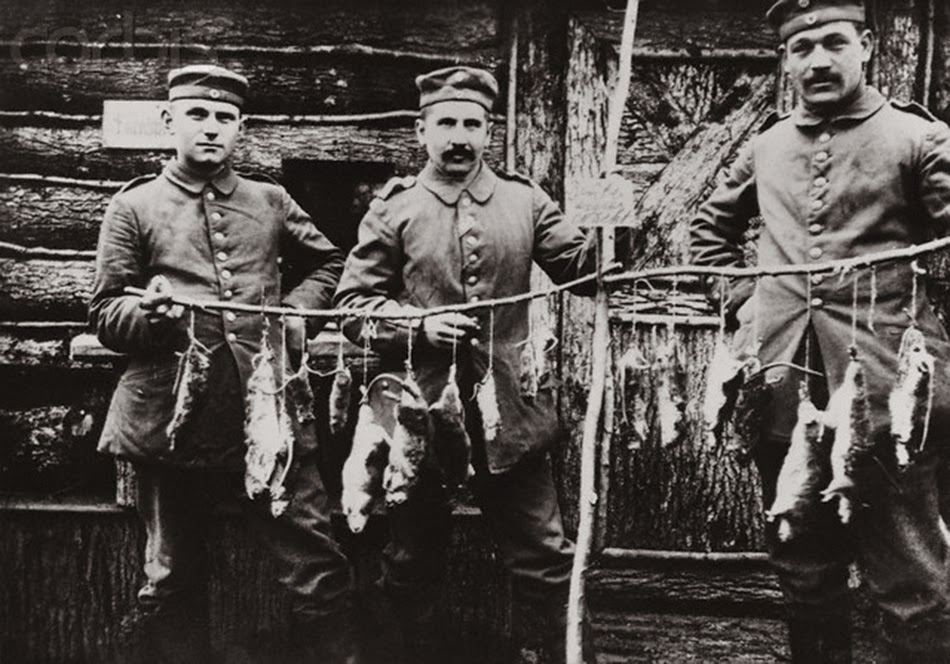
Rats from the German trenches WWI. Courtesy of rarehistoricalphotos.com
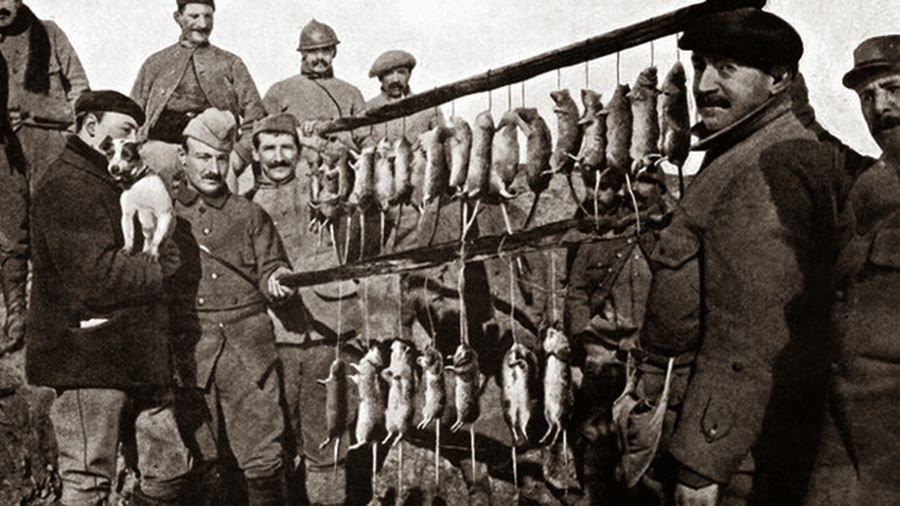
A terrier shows off its catch after a 15 minute rat hunt in British trenches. Courtesy of rarehistoricalphotos.com
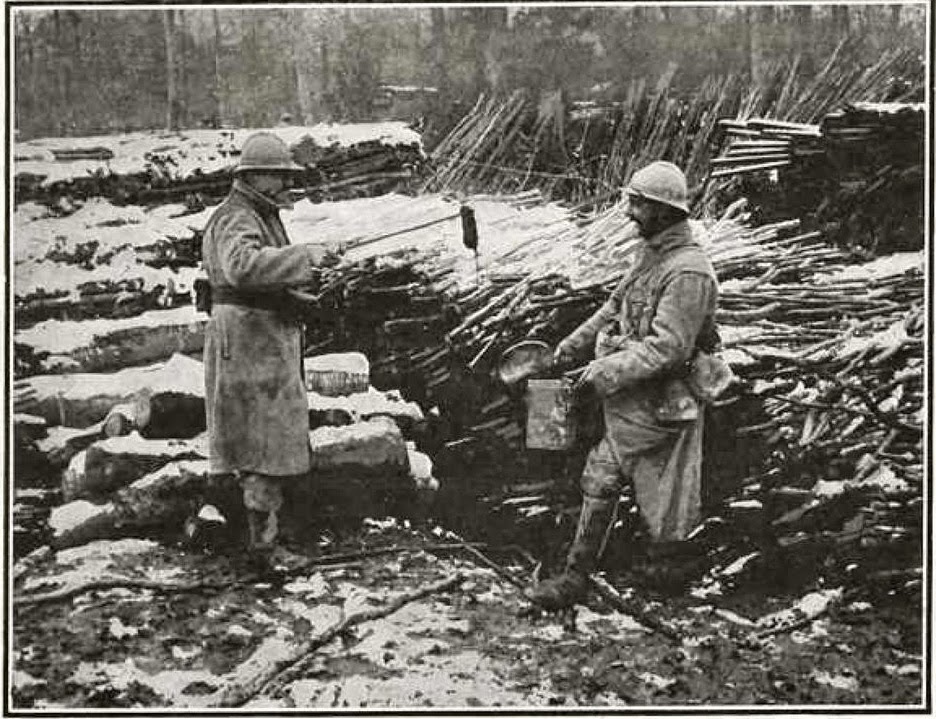
A French soldier showing his “catch” to his comrade. Courtesy of rarehistoricalphotos.com
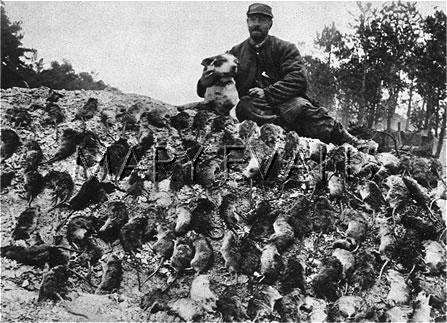
Ratting as a branch of military science: an official French rat catcher with his terrier and bag 1916. From maryevans.com
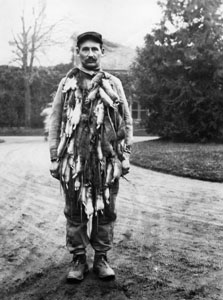
A French soldier covered with dead rats after returning from a rat hunt. Undated picture 1914. From maryevans.com
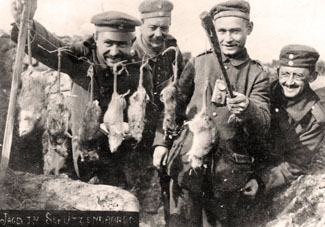
German soldiers show the rats they caught in the trenches. Date and place unknown. The image was used as a field postcard. Photo: Sammlung Sauer
01 January 1914. From maryevans.com
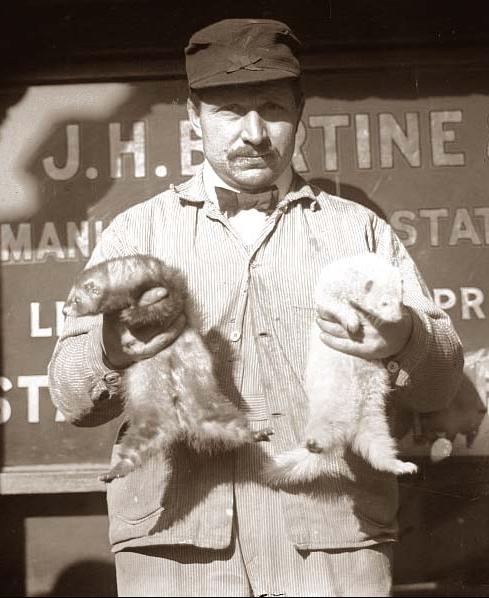
A Rat catcher with his ferrets. Early 20th c. Courtesy old-picture.com.
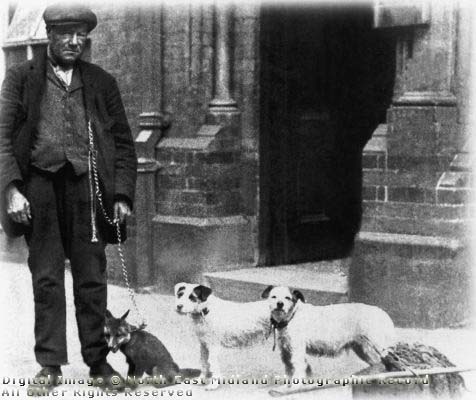
Taken from http://www.picturethepast.org.uk
John Wheeldon, better known as John Gaunt. He lived at Sawmills but worked for the Midland Railway Company, travelling the lines as a ratcatcher. He is the only person known to have successfully trained foxes to ‘rat’ for economic use, and claimed they were better than terriers becaused they could hold five rats in their mouths at once. The ratcatcher had to be quick because, unlike a terrier, foxes did not kill the rats outright. His best two foxes, however, were killed accidentally by gamekeepers. Such was his national fame that he was described in a book as a ‘great sportsman great Englishman’. He died, aged seventy three, at the home of a friend in Belper in November 1924, and was buried in Crich churchyard. He was also a prize-winning member of Ambergate Cottage Garden Society.
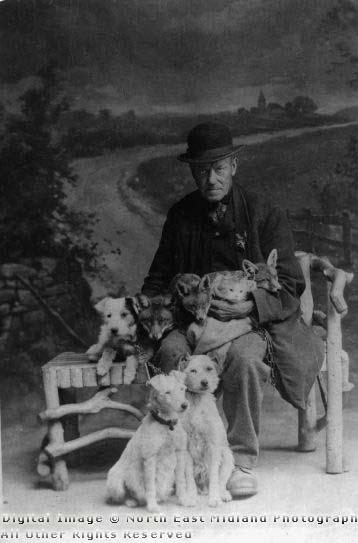
Another picture of John Gaunt.
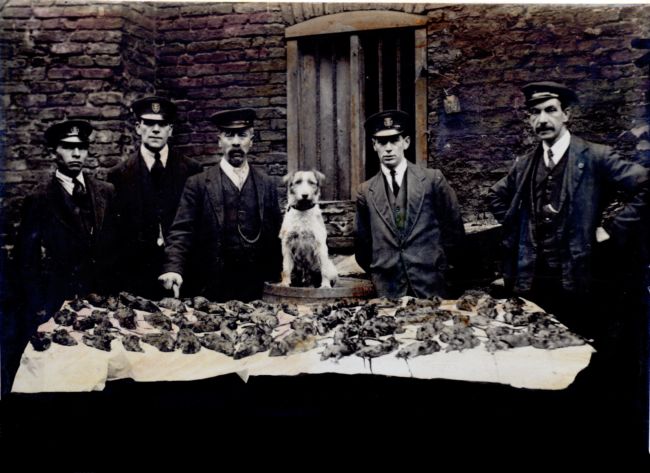
Hull City Council’s Cleansing Department Ratcatchers – Public Health Department © Hull City Council
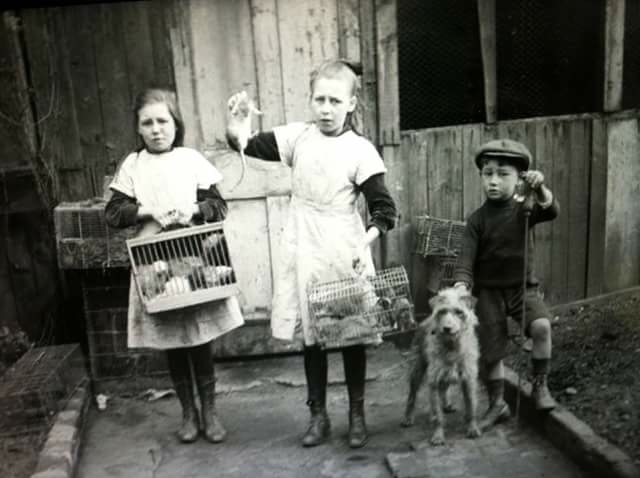
Rat catching children circa 1916
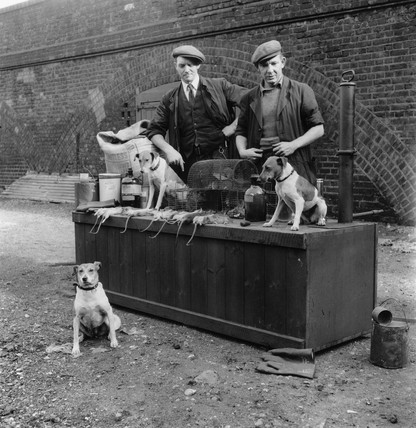
Jim Forty and Alfred Greenwin with their dogs and their catch, St Pancras Station 1953
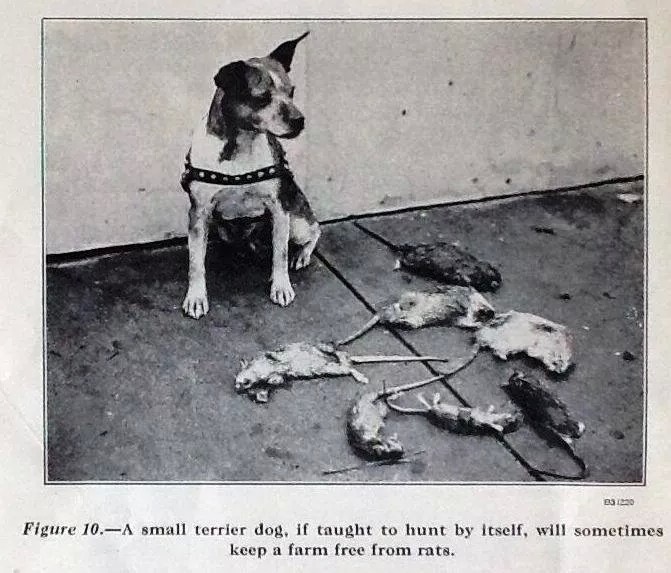
From Dept. of Agriculture Bulletin, 1930. Apparently a small terrier dog tricked out in a badass studded leather coller “will sometimes keep a farm free from rats.” What about cats, you say, legendary comic adversary of the rat? The Feds appear to have a low opinion of felines. “Cats that are of real value as ratters are rare, and they are usually destructive to bird life. When confined, however, in warehouses, produce depots, and similar places in cities, good cats are sometimes of value in destroying rats and mice.” Even more useless–the ferret. “Ferrets are of little use ordinarily except in the hands of experienced men aided by good rat dogs.” In other words, stick with Sparky, bedazzled canine agent of death.
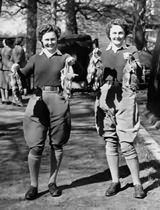
Lady Rat Catchers of unknown date and origin.
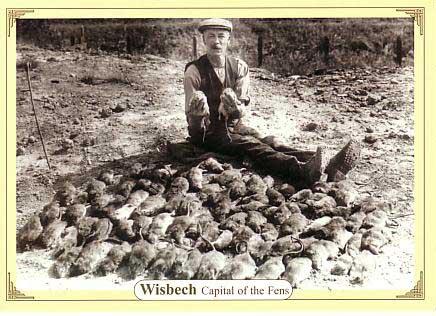
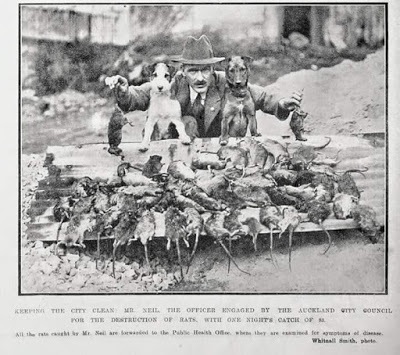
Keeping the city clean: Mr Neil, the officer engaged by the Auckland city council for the destruction of rats with one night’s catch of 83– Sir George Grey Special Collections, Auckland Libraries, AWNS-19210811-41-7
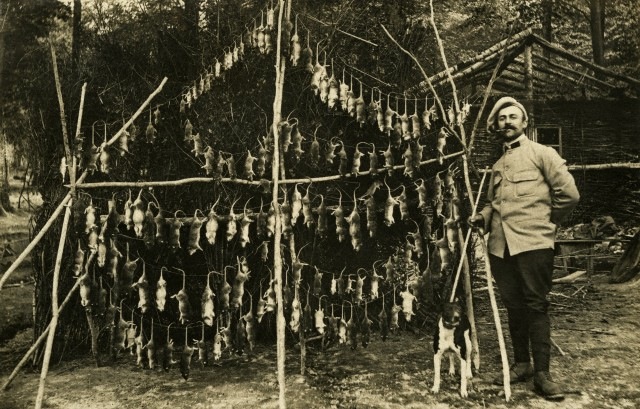
May 1, 1916, France. World War I. Hunting trophy of a dog near the front. Image by © adoc-photos/Corbis
and one film: Jewel of the Pacific, Rat catchers
